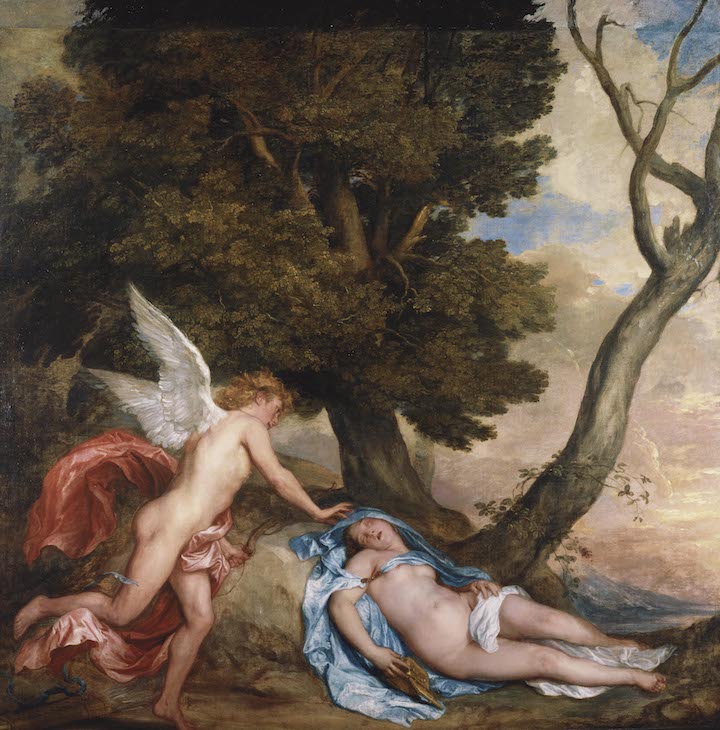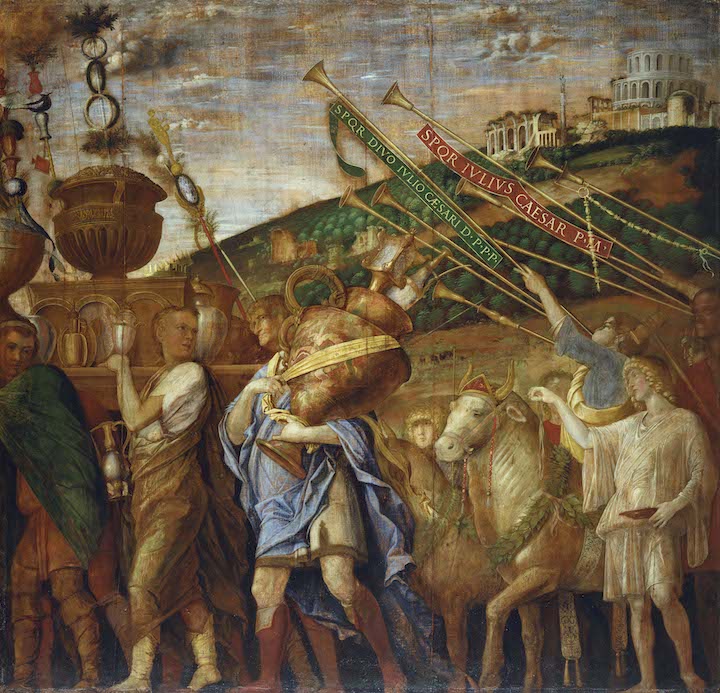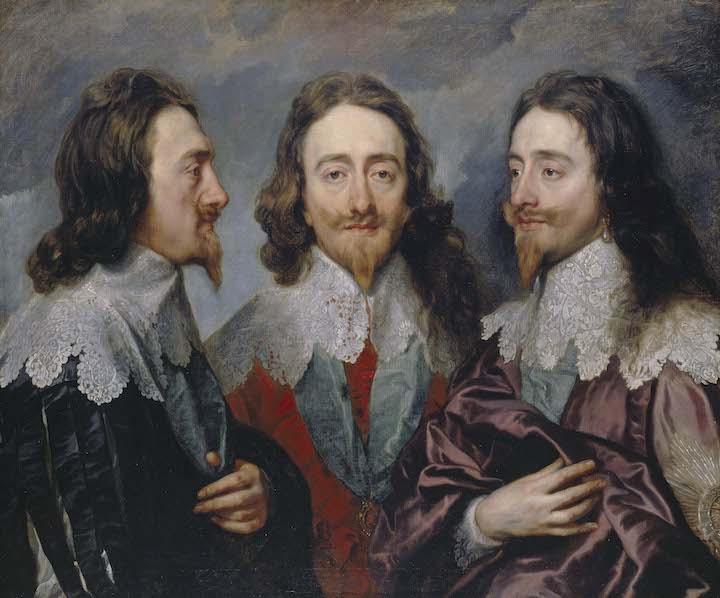During his reign, Charles I (1600–49) acquired and commissioned exceptional masterpieces, including works by Van Dyck, Rubens, and Titian. In 1623, two years prior to his ascension to the throne, Prince Charles visited Madrid. The Habsburg collection made a lasting impression on the future king and he returned to England intent on creating his own collection. By 1649, the year in which he was executed, the collection comprised of around 1,500 paintings and 500 sculptures. Shortly after his death the collection was offered for sale and dispersed across Europe. This exhibition will reunite around 150 of the most important works for the first time since the seventeenth century, providing an unprecedented opportunity to see the collection that changed the appreciation of art in England. Find out more about the ‘Charles I: King and Collector’ exhibition from the RA’s website.
Preview the exhibition below | See Apollo’s Picks of the Week here

Aphrodite (‘The Crouching Venus’) Antonine period (2nd century AD). Royal Collection Trust / © Her Majesty Queen Elizabeth II 2017

Cupid and Psyche (1639–40), Anthony van Dyck. Royal Collection Trust / © Her Majesty Queen Elizabeth II 2017

Triumph of Caesar: The Vase Bearers (1484–92), Andrea Mantegna. Royal Collection Trust / © Her Majesty Queen Elizabeth II 2017

Charles I (‘Le Roi à la chasse’) (c. 1635), Anthony van Dyck. Courtesy of Louvre Museum, Paris

Charles I (1635–36), Anthony van Dyck. Royal Collection Trust / © Her Majesty Queen Elizabeth II 2017











![Masterpiece [Re]discovery 2022. Photo: Ben Fisher Photography, courtesy of Masterpiece London](http://www.apollo-magazine.com/wp-content/uploads/2022/07/MPL2022_4263.jpg)
Has the Fitzwilliam lost the hang of things?